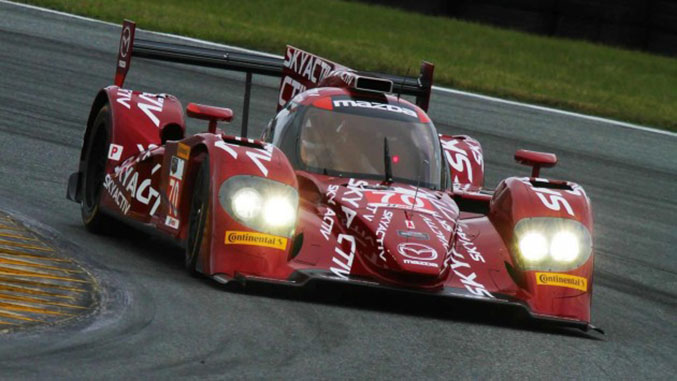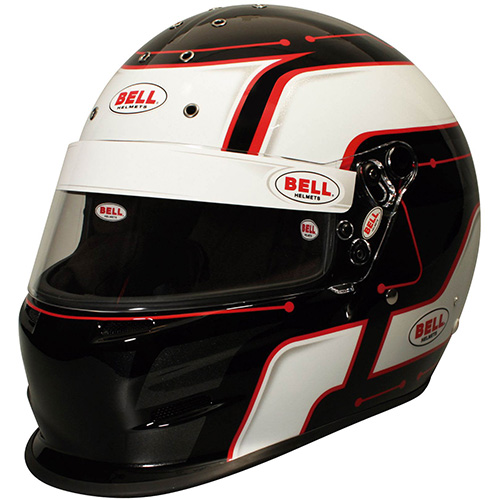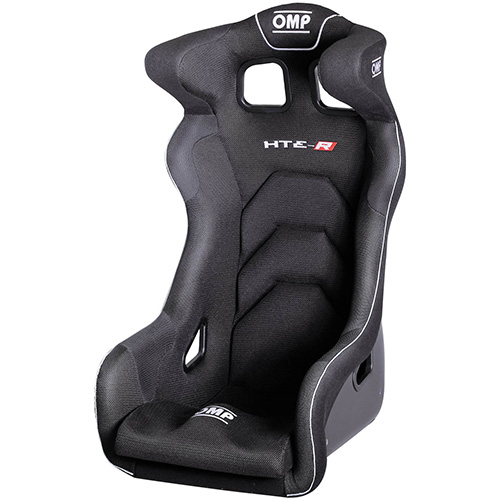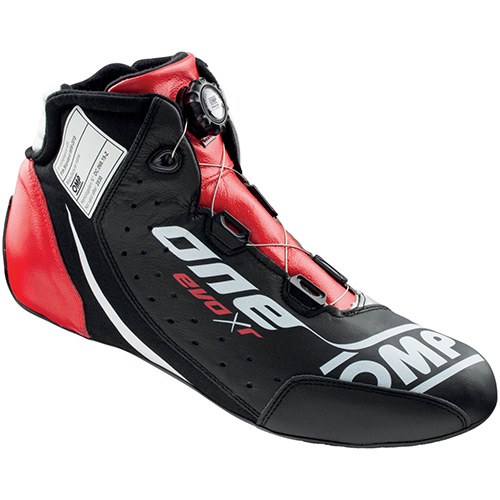Speed Secrets: Diversify Your Talent

While some people race for fun, there are others who want to make a living driving a car. I might be able to call myself a factory driver now thanks to Mazda's SKYACTIV-D prototype program, but I'm still busy with a lot of coaching, too. For racers who want to work their way into a professional series or diversify by becoming a coach, there are a number of ways to get started and a lot of things to keep in mind.
Professional drivers can't just show up at the track with their helmet at the start of a race weekend, then lounge around on a beach somewhere in between races. There is so much more involved than just driving the car. In addition to race weekends, there is everything from training and testing to public relations obligations to consider.
Personally, I train every day to stay fit for all of the demands that a P2 car puts on your body – the extreme heat and the g-forces alone take training, not to mention the physical and mental strain of endurance racing.
There are a lot of technical demands for a factory driver: reports to the engineers, team meetings about how to improve the car, and a lot of reviewing, just like a football team analyzes a game. When the race team has a test, you always have to be thinking about what the test's objectives are and what the team is hoping to achieve. When you're both in and out of the car, you have to have the test's goals in mind.
There are plenty of other things we get to do, too, which are usually a lot of fun. Mazda drivers get to represent the team at events, like auto shows and corporate programs. In fact, several of us are going to be on a panel at an upcoming event talking about the MAZDASPEED Motorsports Ladder and how it works.
I'm fortunate enough to be a success story of that program: I started with Spec Miatas and worked my way to IMSA Continental Tire SportsCar Challenge. From there I moved to the GT class of the IMSA Tudor United SportsCar Championship, and now I'm competing in the prototype class.
The MAZDASPEED Motorsports Ladder starts at the karting level and goes up through Skip Barber, and the MX-5 Cup, or USF2000 and Star Mazda on the open-wheel side. The program is designed to help aspiring professional drivers work their way up the ranks as well as provide support for the top drivers in each series. For example, if you're a club racer in SCCA in a Mazda, you can go to the Mazda Shootout, which is for anyone who has won the SCCA Runoffs in a Mazda. Mazda will fund the winning driver the following season in the Skip Barber MX-5 Cup, a division within the Playboy MX-5 Cup Series.
Another aspect of the sport that I have a huge passion for, and which makes me a better driver, is being a personal driving coach. That can be on all different levels: I even work as an instructor at driving schools, helping people improve their performance and safety on the street.
At the track, I coach everyone from enthusiasts to professionals. I work with track day drivers that go to open lapping days, where I can ride along with them in the right seat and provide feedback. The club racers I coach are looking to hone their race skills and may be looking to move up through the ranks and win championships. I also coach pro racers in series like MX-5 Cup and the Continental Tire Series, reviewing data and video, and helping them find those last couple of tenths of seconds they need to go from a top five to a podium finish.
I am not an exception to the rule: a lot of drivers combine driving and coaching to make a living. Names like John Edwards, Andrew Davis, Ryan Eversley and Owen Trinkler are synonymous with both professional driving and excellent coaching skills. John was a product of the MAZDASPEED Motorsports Ladder, working his way up through the open-wheel ranks before transitioning to sports car racing with SpeedSource. He is driving for BMW now.
If you are thinking of becoming a driving coach, you have to be a good communicator and have a lot of knowledge about how data systems work and how to interpret that data. Most coaches start as driving or racing school instructors. You don't have to be winning races to be a driving instructor – it's about being able to communicate with the students to help them further their skills. Consider volunteering for a school to get your foot in the door – become a trainee so they can see your abilities. That's what I did. I was hired as a trainee with Skip Barber until a position became available. They also have an instructor training program to help drivers who are making the transition from racing to instructing.
For those of you who have ever dreamed of having a career in motorsports, it is hard work, but there are a lot more opportunities than simply being a factory driver. Being diversified in the industry is a way to make a legitimate career as a driver.
– Tom Long
Website: www.longroadracing.com
Facebook: www.facebook.com/tom.long
Twitter: @TomLongRacing
Exerpted from Ross Bentley’s Speed Secrets Weekly. For more tips and additional articles on the art and science of racing, click here to subscribe.
Also be sure to check out Ross Bentley's book, Ultimate Speed Secrets: The Complete Guide to High-Performance and Race Driving.


















